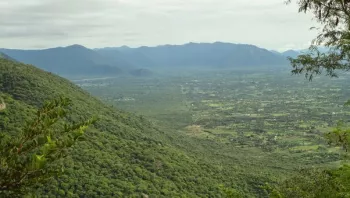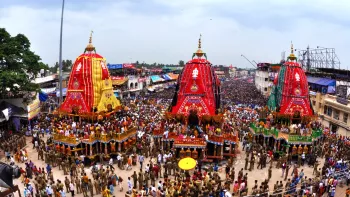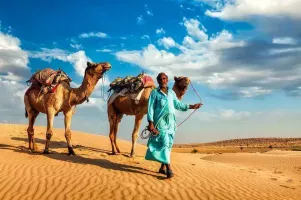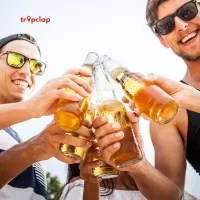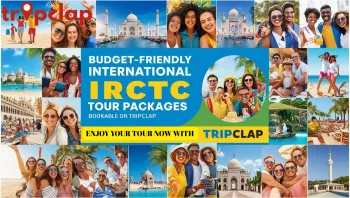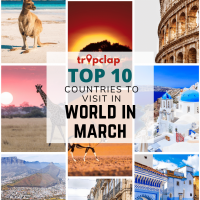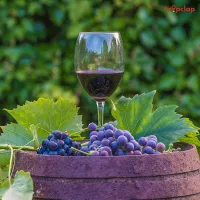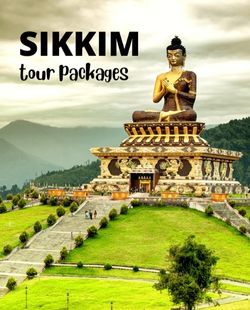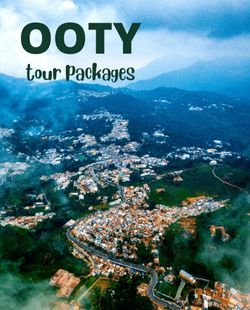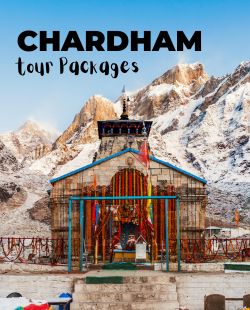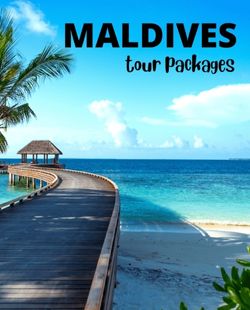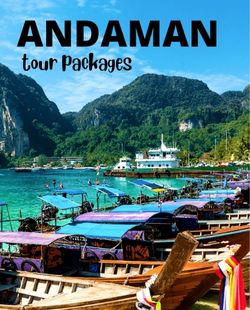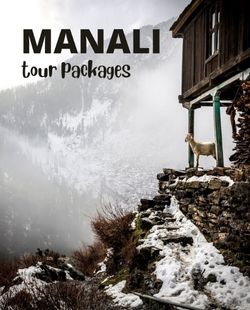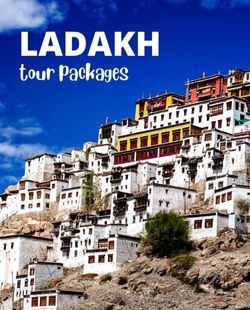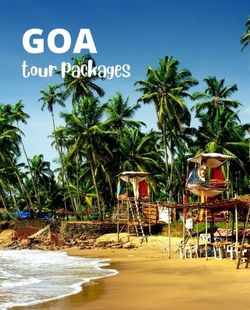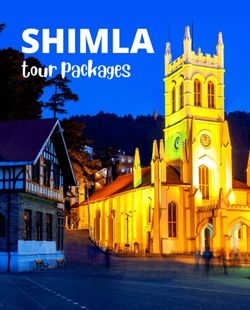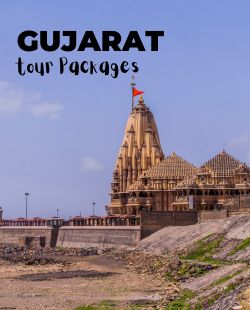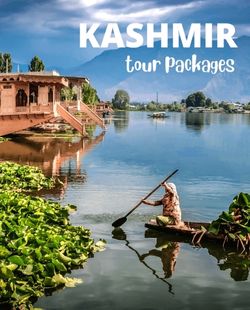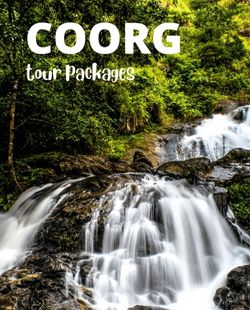Tristan da Cunha: The Most Remote Inhabited Island on Earth
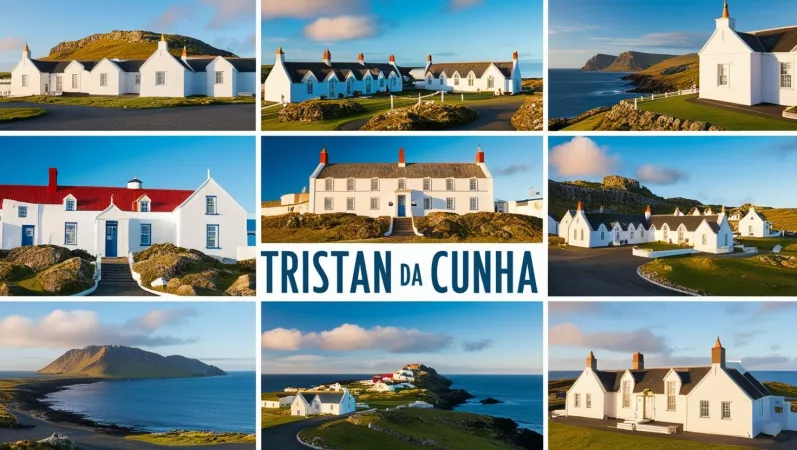
Imagine a place so far from civilization that it takes six days by sea to reach, where there are no hotels, no airport, and just 300 people living in isolation. Welcome to Tristan da Cunha, the world’s most remote inhabited island.
This hidden gem in the South Atlantic Ocean offers breathtaking landscapes, rugged volcanic terrain, and a lifestyle untouched by modernity. If you seek an off-grid adventure, this is the ultimate destination.
( 385 Reviews )
( 385 Reviews )
( 385 Reviews )
( 385 Reviews )
( 385 Reviews )
( 385 Reviews )
( 385 Reviews )
Where Is Tristan Da Cunha
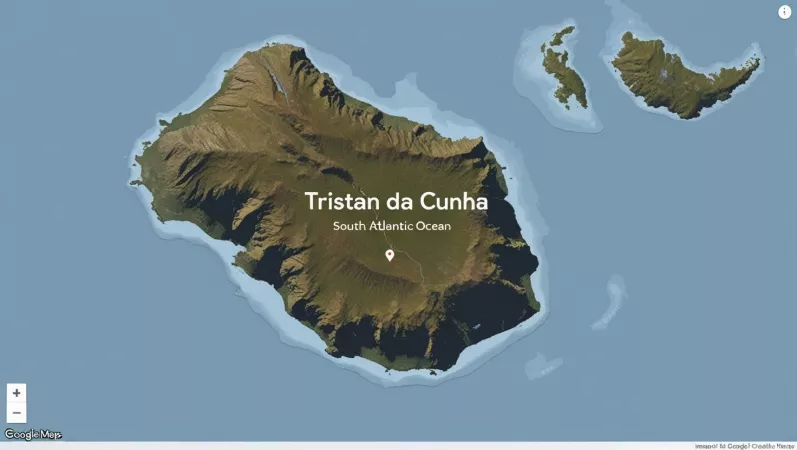 View Gallery - 9
View Gallery - 9 Tristan da Cunha is a British Overseas Territory, sitting 2,400 km (1,500 miles) from Saint Helena and 2,800 km (1,750 miles) from Cape Town, South Africa. This volcanic island group consists of Tristan da Cunha (main island), Inaccessible Island, Nightingale Islands, and Gough Island—most of which remain uninhabited and protected as nature reserves.
This extreme remoteness makes it one of the last true frontiers on Earth.
How To Reach tristan Da Cunha
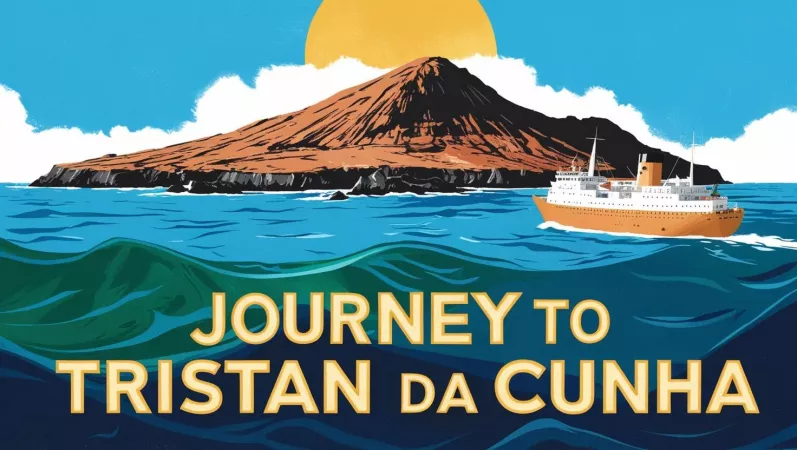 View Gallery - 9
View Gallery - 9 Reaching Tristan da Cunha is an adventure in itself! With no airport, the only way to visit is by ship from Cape Town.
Steps to Get There:
? Book a vessel – Government-authorized fishing boats or research ships make the journey only a few times a year.
⏳ Prepare for a 6-day voyage – The trip can be unpredictable, with rough seas and ever-changing schedules.
? Obtain permission – Visitors must apply in advance for approval from the island’s government.
If you love slow travel and true exploration, the journey is part of the experience!
Life On Tristan Da Cunha: A World Of Simplicity
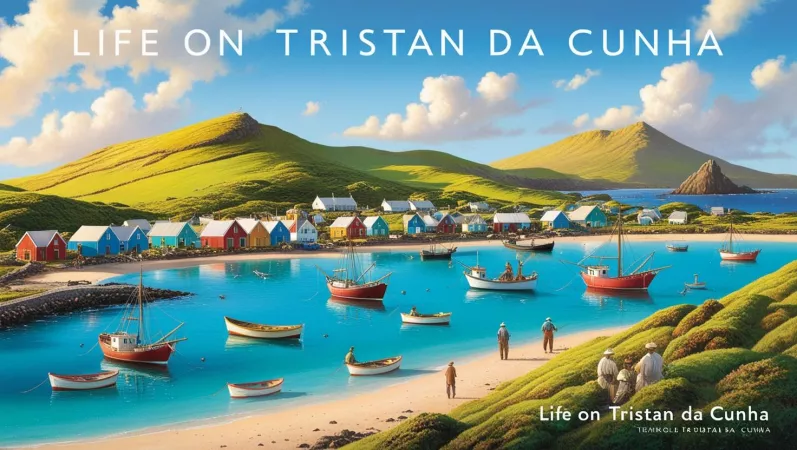 View Gallery - 9
View Gallery - 9 Tristan da Cunha is home to only one village – Edinburgh of the Seven Seas, also known as "The Settlement."
Life here is simple, with no modern luxuries. The community thrives on fishing, farming, and bartering, while income comes from lobster exports, handicrafts, and postage stamps sold to collectors worldwide.
? One school – Students study until age 16, after which they must go abroad for further education.
? One hospital – Basic medical care is available, but serious cases require evacuation to South Africa.
? No mobile network – Limited internet is available, but most communication is via radio or satellite phone.
Visitors must stay in local homes, as there are no hotels or resorts on the island. This ensures an authentic experience, where guests live as islanders do.
Top Things to Do on Tristan da Cunha
 View Gallery - 9
View Gallery - 9 Despite its remoteness, Tristan da Cunha offers unique activities for those lucky enough to visit.
? Climb Queen Mary’s Peak – A dormant volcano with stunning views.
? Wildlife spotting – See rare birds, penguins, and sea lions.
?♂️ Explore Nightingale and Inaccessible Islands – UNESCO-protected nature reserves with untouched beauty.
? Try deep-sea fishing – The island’s waters are home to rich marine life.
If you love nature, adventure, and escaping the modern world, this is paradise!
How Do We Export And Import In Tristan Da Cunha
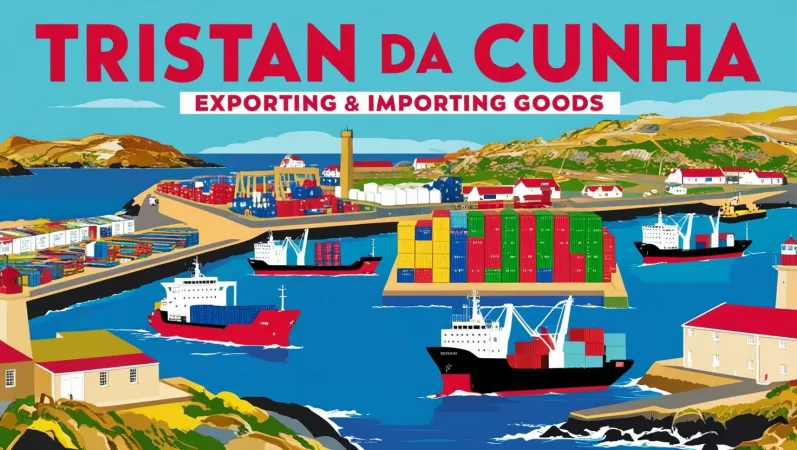 View Gallery - 9
View Gallery - 9 Exporting and importing in Tristan da Cunha, a remote British Overseas Territory in the South Atlantic Ocean, is highly limited due to its isolation, small population (under 300 people), and lack of direct trade routes. Here's how it works:
Exports from Tristan da Cunha:
Primary Exports:
Lobster (Rock Lobster or Crawfish): The main export product, primarily shipped to Japan and the US.
Handicrafts & Souvenirs: Items like stamps, coins, and traditional crafts, sold to collectors worldwide.
Fish & Seafood: Occasionally exported in limited quantities.
Export Process:
Goods are transported via ships from Cape Town, South Africa (nearest major port, 2,400 km away).
Exports are handled by the Tristan da Cunha government and local businesses.
Imports to Tristan da Cunha:
Primary Imports:
Food & Groceries: Most food products, including fresh produce, canned goods, and dairy, come from South Africa.
Fuel & Energy Supplies: Diesel for electricity generation is imported.
Clothing & Household Goods: Basic consumer products, tools, and appliances.
Medical & Educational Supplies: Essential healthcare and school materials.
Import Process:
Shipments arrive from Cape Town only a few times per year via supply ships like the SA Agulhas II or fishing vessels.
Orders must be placed months in advance due to the infrequent shipping schedule.
No direct flights or air cargo services exist.
Trade Challenges:
High Shipping Costs & Delays: Due to the infrequent and long-distance supply chain.
Limited Infrastructure: No deep-water port; all goods must be offloaded via smaller boats.
Strict Quotas & Regulations: To maintain sustainability, exports (like lobster) are controlled.
Do Tristan Da Cunha Have Any Hospital Facility
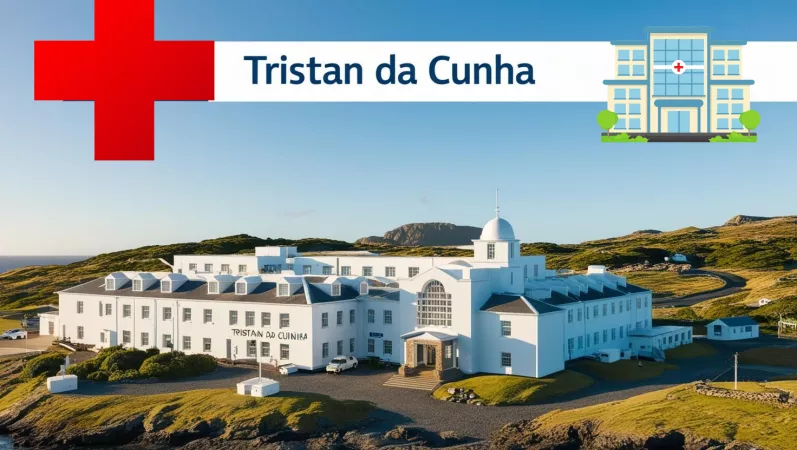 View Gallery - 9
View Gallery - 9 Yes, Tristan da Cunha has a small hospital called Camogli Healthcare Centre. It is the only medical facility on the island, providing basic healthcare services to the small population of around 250–300 people.
Camogli Healthcare Centre – Key Facts
Location: Edinburgh of the Seven Seas (the island’s only settlement).
Facilities:
Basic medical care
A small emergency room
Limited dental services
A pharmacy with essential medicines
A few inpatient beds
Staffing:
A resident doctor (usually a visiting medical officer from the UK or South Africa).
Nurses trained in general medicine.
Limitations:
No advanced medical equipment (e.g., no CT scan or MRI).
No specialist doctors.
Major medical emergencies require evacuation to Cape Town, South Africa, which can take days or weeks, depending on ship availability.
For anything beyond basic medical treatment, residents must either wait for a supply ship or, in critical cases, be airlifted by a passing vessel.
What Is The Economy Of Tristan Da Cunha
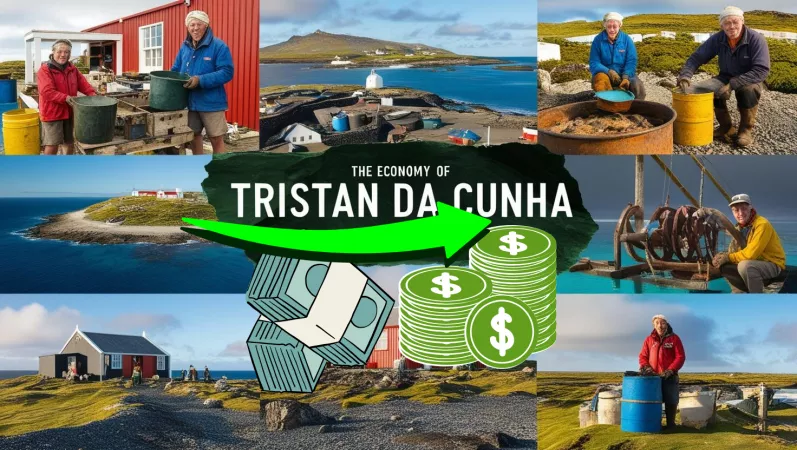 View Gallery - 9
View Gallery - 9 Economy of Tristan da Cunha
Tristan da Cunha has a small, subsistence-based economy due to its extreme isolation, limited natural resources, and small population of around 250–300 people. The economy relies mainly on fishing, government services, and revenue from unique exports like stamps and coins.
1. Major Economic Sectors
? Fishing Industry (Main Source of Income)
The island's main export is Tristan Rock Lobster, also called "Jasus tristani."
Lobsters are caught under a sustainable fishing quota and exported frozen to Japan, the USA, and Europe.
The fishing rights are leased to Ovenstone Agencies, a South African company that manages processing and exports.
? Government & Public Services
Many islanders work for the local government in administration, healthcare, education, and infrastructure maintenance.
The government earns revenue from fishing licenses and conservation fees.
? Stamps & Coins (Philatelic Sales)
Tristan da Cunha issues collectible postage stamps and coins, which are sold worldwide to collectors.
This is a significant source of foreign currency for the island.
? Agriculture & Livestock (Subsistence Farming)
Residents practice small-scale farming, growing potatoes, vegetables, and keeping livestock like cows and sheep.
There are strict communal farming rules to prevent overgrazing.
Most food is still imported from South Africa.
? Tourism (Limited Due to Isolation)
A few hundred tourists visit per year, arriving by ship.
Visitors must pre-arrange stays and get permission from the local council.
The island sells handmade woolen goods, crafts, and souvenirs to tourists.
Why Visit Tristan da Cunha?
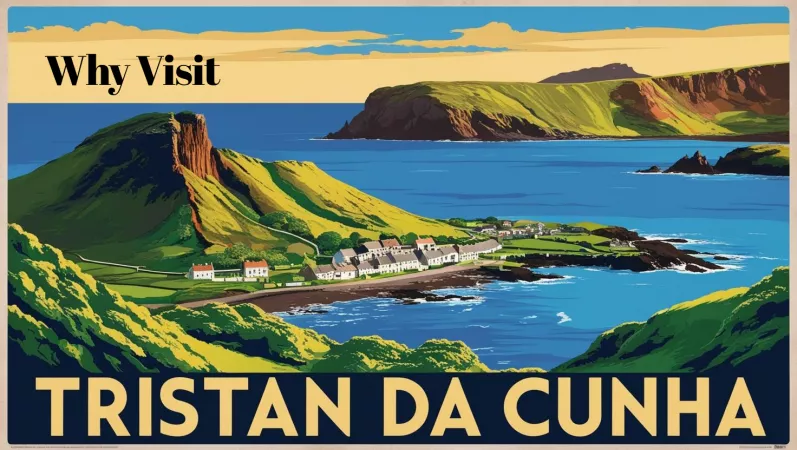 View Gallery - 9
View Gallery - 9 For the rare few who visit, Tristan da Cunha offers something truly special:
✅ Untouched natural beauty – Volcanic landscapes, pristine coastlines, and unique wildlife.
✅ A once-in-a-lifetime adventure – Only a handful of people visit each year.
✅ A complete digital detox – No distractions, just pure nature and local life.
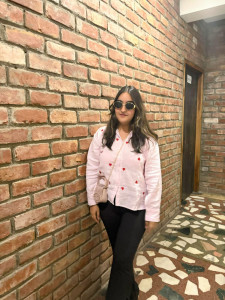
Rakshita kapoor

Tell us about your trip

Get Custom quotes from top agents.

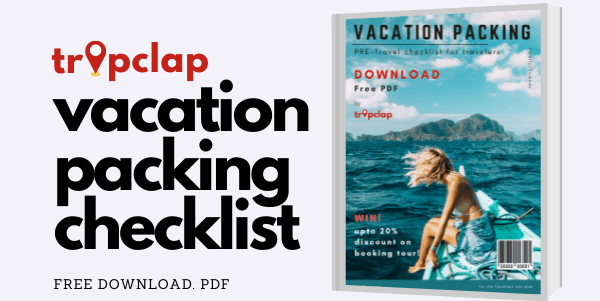


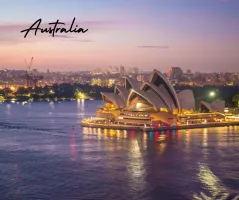
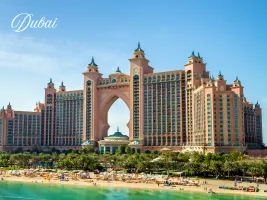
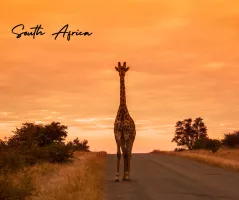
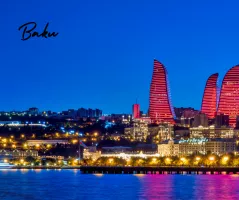
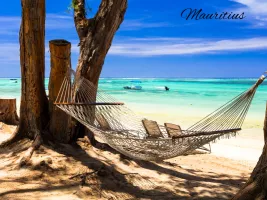
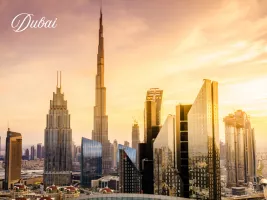
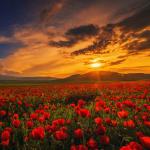 May
May June
June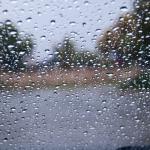 July
July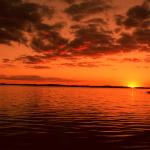 August
August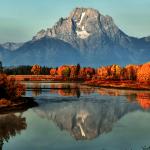 September
September October
October November
November December
December January
January February
February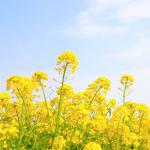 March
March April
April

